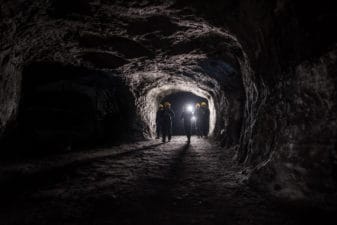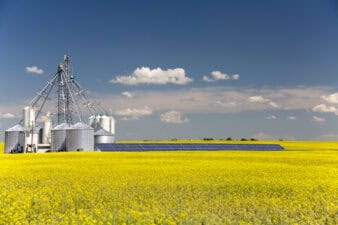For the first time since the Fukushima disaster in March 2011, Japan started one of its nuclear reactors on Tuesday. Kysuhu Electric Power Company announced that it reactivated the number one reactor at its Sendai nuclear power plant. And it intends to start the second reactor come October. For four years, the world has wondered whether or not Japan would return to nuclear power after the disaster, and it appears to be making that step.
The question that should be on every investor’s mind is whether or not this will act as a catalyst for Cameco Corporation (TSX:CCO)(NYSE:CCJ). There are over 40 reactors that were shut down across the country, which should all be restarted if this first one does well. But will this translate into actual demand?
Unfortunately, it won’t. Before the disaster, Japan had a giant supply of uranium that it had acquired. With all the reactors shut down, that supply just sat there, waiting to be used. Therefore, it’s not likely that any of the Japanese energy companies are going to be knocking on Cameco’s door, hoping to acquire uranium.
But that doesn’t mean that Cameco won’t gain. The CEO of Cameco, Tim Gitzel, told Bloomberg that this was going to be a psychological event for the market. In essence, many have waited and watched to see what would happen in Japan since the last reactor was taken offline two years ago. Now that it is being restarted, there is a belief that other operations that may have been put on hold will get started.
My money is with China and India
By 2023 there will be 93 new reactors launched. Many of them are going to be in China and India. This year alone there are expected to be 20 new reactors brought online. According to the U.S. Energy Information Administration, China and India will double their nuclear power every year until 2040. That’s a lot of nuclear power that these countries are going to be bringing online. And that means a lot of needed uranium.
The typical reactor requires approximately 200 tonnes of uranium per year. Operators like to have three years of available uranium to hedge against prices, so that means that the 20 reactors China is bringing online will require about 12,000 total tonnes.
And since there are so many more reactors coming after that, I anticipate that China and India are going to be two of the single greatest drivers of the price of uranium, at least until Japan works through some of its supply. Because of this increase in demand, some analysts predict that the price of uranium could hit US$65 by the end of the year. The last time that happened, Cameco was trading at nearly $40 a share.
While we do wait for the price of uranium to go up, Cameco continues to pay a 2.1% yield to investors. This factors out to right around $0.40 per year, which is paid out to investors in quarterly chunks. It may not be the greatest dividend, but at least Cameco is rewarding investors while it waits for uranium to return to higher levels.




